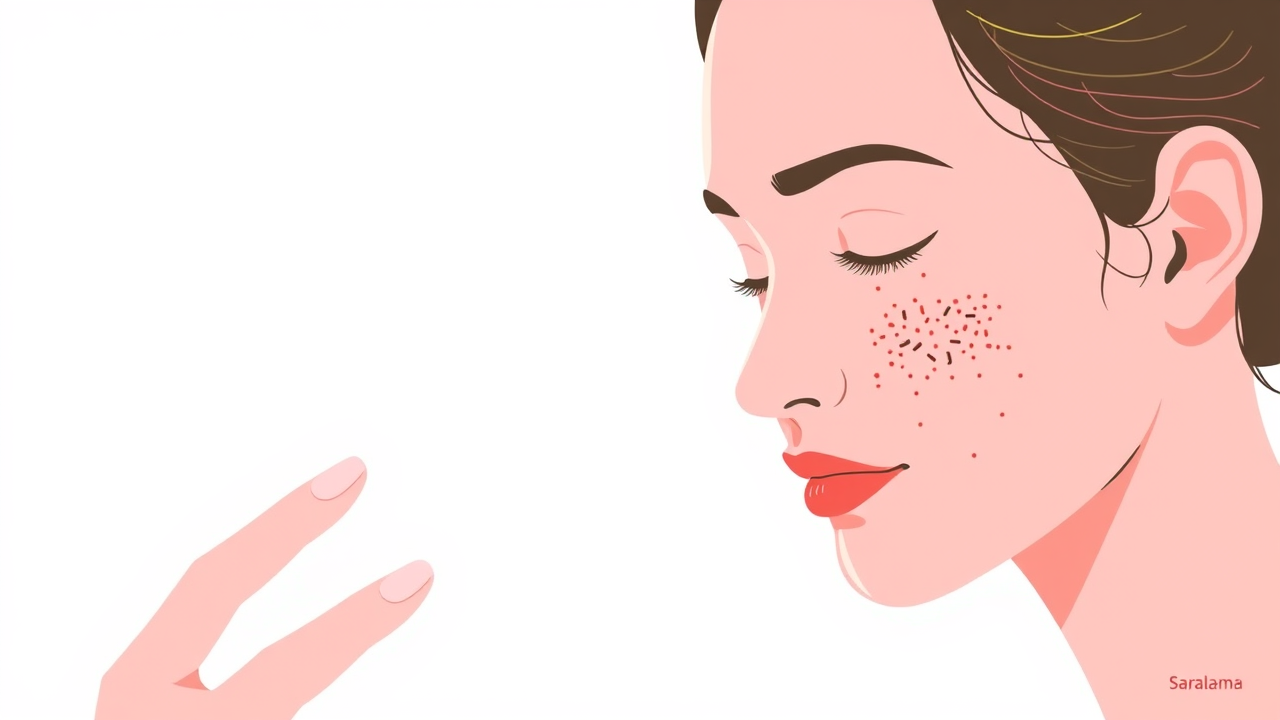Acne is commonly seen as a teenage issue, but many adults experience breakouts for the first time after 25 years of age. Dr Gurveen Waraich, a certified dermatologist, recently debunked five widespread myths about acne in a social media video. She explained that adult-onset acne affects people with both oily and dry skin equally. Contrary to popular belief, diet and makeup are not direct causes of acne, though they can worsen existing conditions. Dr Waraich emphasised that acne should not be dismissed as a normal teenage phase, as untreated breakouts can lead to permanent scarring. Dr Swetha Sridhar, assistant professor of Dermatology at Bowring Hospitals, further explained that hormonal fluctuations, stress, lifestyle factors, and genetics play significant roles in triggering adult acne. Early treatment with appropriate skincare routines and medical interventions is crucial to prevent long-term skin damage and emotional distress.

Understanding Adult-Onset Acne and Common Misconceptions
Adult-onset acne appears after age 25, even in people who never had teenage breakouts. Dr Waraich clarified that this condition affects both oily and dry skin types equally. Many myths surround acne triggers. While sugar and dairy can aggravate acne, they are not root causes. Makeup does not directly cause breakouts; rather, improper removal worsens them. Hormonal fluctuations, particularly androgens, stimulate oil production and clog pores. Stress raises cortisol levels, indirectly boosting androgen activity. Other factors include poor sleep, certain medications like steroids, and skincare products that are not non-comedogenic. Genetics also matter—someone acne-free as a teenager can develop adult acne due to hormonal or environmental shifts. Consistent, gentle skincare routines with ingredients like salicylic acid or niacinamide help manage breakouts effectively.
Source: Link
